AG5 - AG8 control the engines of BLOCK A to D respectively. Before thermal separation, the engines need to be shut down, and then the separators in the stage are used to carry out thermal separation simultaneously. Do not have too large an angle during launch, as this will cause the rocket to explode.
Attention: This work is an experience version. Please look forward to the official version. The official version may not be friendly to mobile clients.
The Soviet lunar launch program used a single launch vehicle, the "N - 1" launch vehicle, and achieved docking in lunar orbit, which is the same way as the United States used the "Saturn" 5 to launch the "Apollo" and the lunar module spacecraft. The "N - 1" was launched on February 21, 1969, for a flight test, but finally exploded at an altitude of 40,000 feet and failed. Another launch drill was carried out on July 3, 1969, but it also failed. The former Soviet Union conducted two more tests in June 1971 and November 1972 respectively, and both ended in failure. Later, after technical improvements, the "N - 1" rocket was finally transformed into the current "Energia" rocket. The repeated failures of the "N - 1" shattered the Soviet dream of landing on the moon. The engineers who designed and built the lunar spacecraft must have long been aware of the risks they were taking. Looking back at the hardware manufacturing process, the launch process, and the cost, no one can doubt the astronauts' technology and superhuman courage.
GENERAL INFO
- Successors 1 craft(s)
- This craft has been featured
- Created On: Windows
- Game Version: 1.3.204.1
- Price: $331,396k
- Number of Parts: 3574
- Dimensions: 129 m x 25 m x 25 m
PERFORMANCE
- Total Delta V: 394m/s
- Total Thrust: 86.9MN
- Engines: 124
- Wet Mass: 2.28E+6kg
- Dry Mass: 4.19E+5kg
STAGES
| Stage | Engines | Delta V | Thrust | Burn | Mass |
|---|---|---|---|---|---|
| 2 | 0 | 0m/s | 0N | 0s | 1.37E+6kg |
| 3 | 0 | 0m/s | 0N | 0s | 1.37E+6kg |
| 4 | 0 | 0m/s | 0N | 0s | 1.36E+6kg |
| 5 | 0 | 0m/s | 0N | 0s | 1.35E+6kg |
| 7 | 0 | 0m/s | 0N | 0s | 4.7E+5kg |
| 10 | 2 | 250m/s | 2kN | 3.10hours | 75,624kg |
| 12 | 1 | 144m/s | 106kN | 1.7m | 75,578kg |
| 16 | 0 | 0m/s | 0N | 0s | 48,554kg |
| 17 | 0 | 0m/s | 0N | 0s | 48,554kg |
| 19 | 7 | 0m/s | 545kN | 0s | 48,554kg |
12 Comments
- Log in to leave a comment
-
-
-
-
4,708 Cyberstar39647 months ago
⬜️⬜️⬜️⬜️⬜️⬜️⬜️⬜️⬜️⬜️⬜️⬜️⬜️⬜️
⬜️⬜️⬜️⬜️⬜️⬜️⬜️⬜️⬜️⬜️⬜️⬜️⬜️⬜️
🟦🟦🟦🟦🟦🟦🟦🟦🟦🟦🟦🟦🟦🟦
🟦🟦🟦🟦🟦🟦🟦🟦🟦🟦🟦🟦🟦🟦
🟥🟥🟥🟥🟥🟥🟥🟥🟥🟥🟥🟥🟥🟥
🟥🟥🟥🟥🟥🟥🟥🟥🟥🟥🟥🟥🟥🟥 -
-
-
-
-
-
-

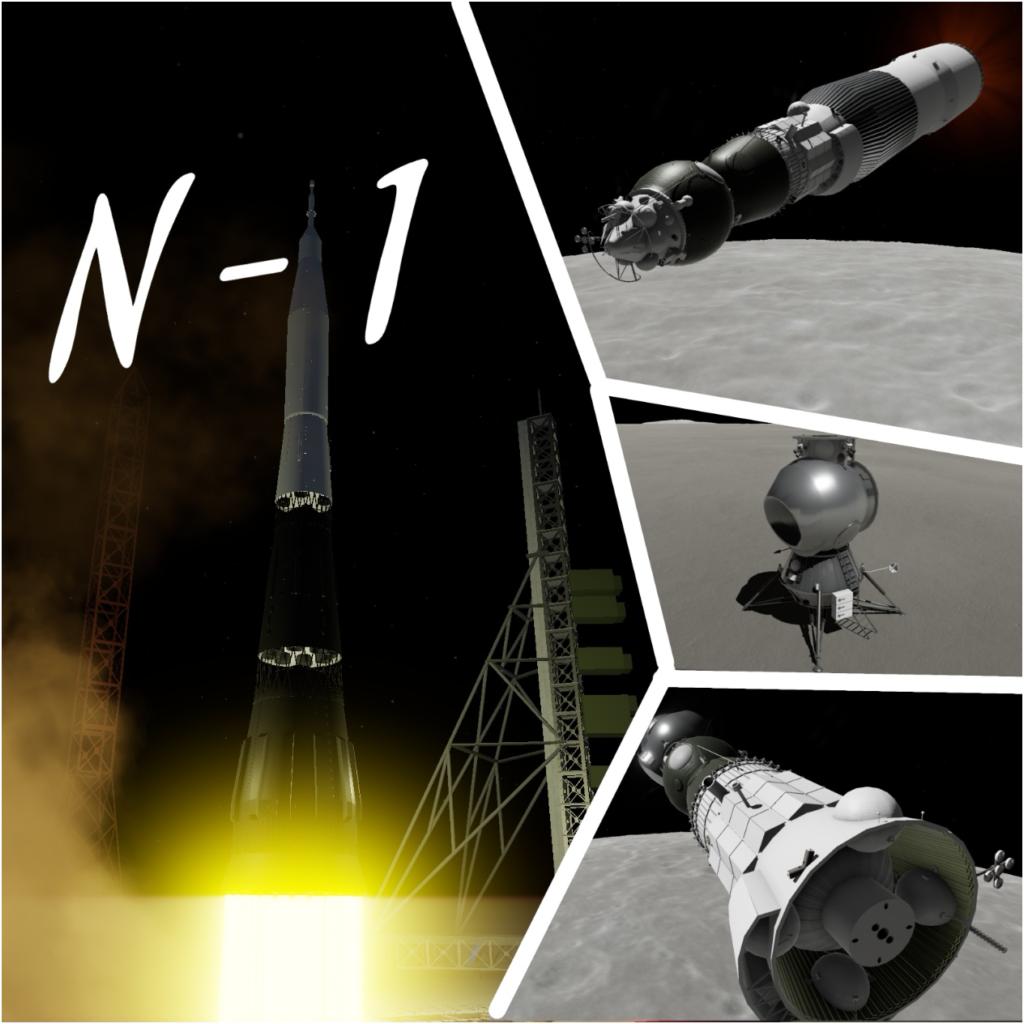
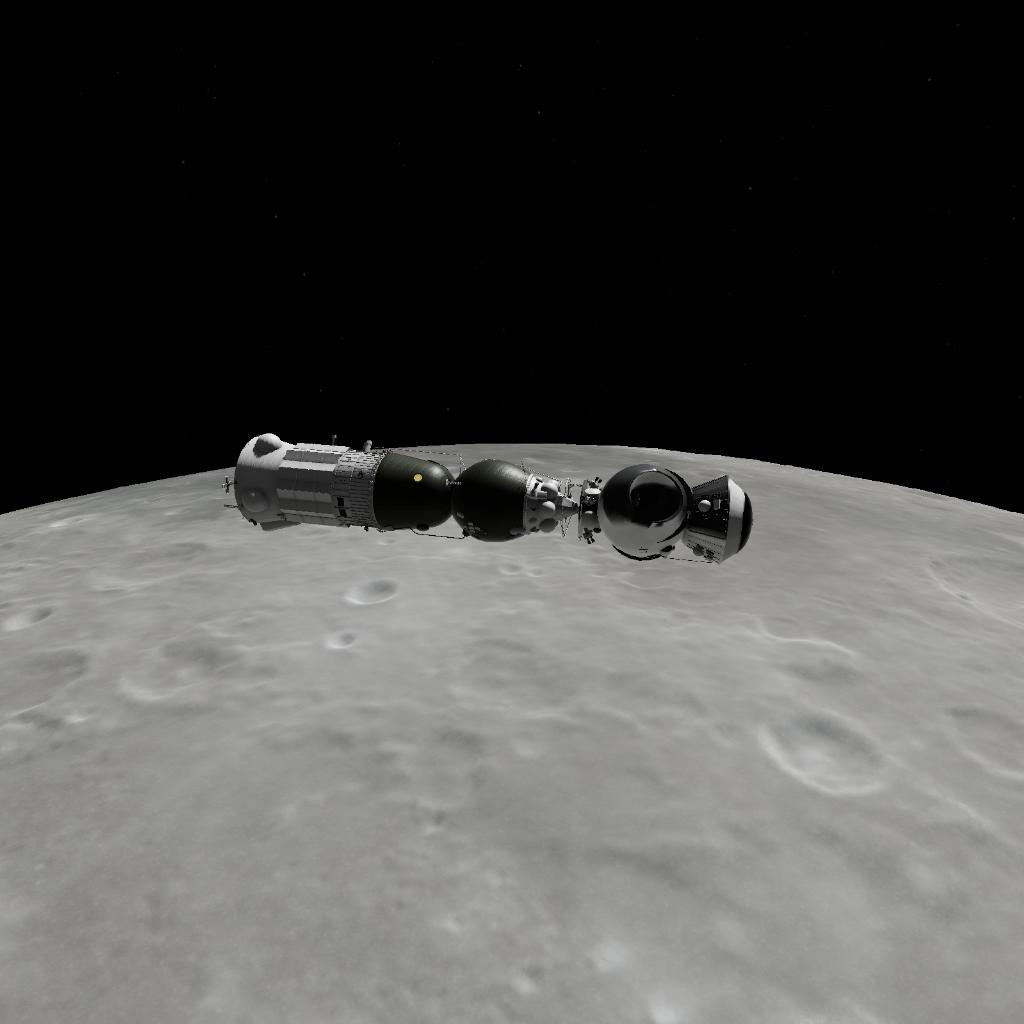
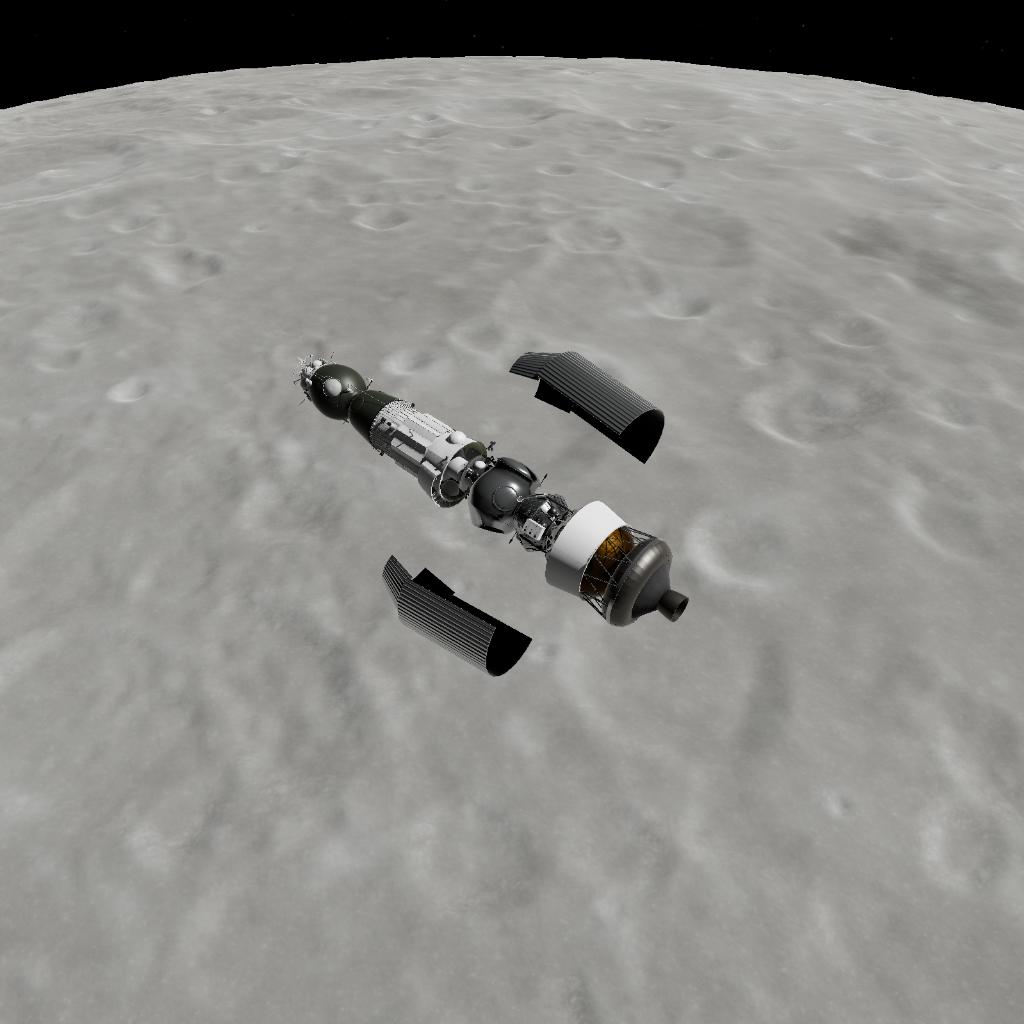
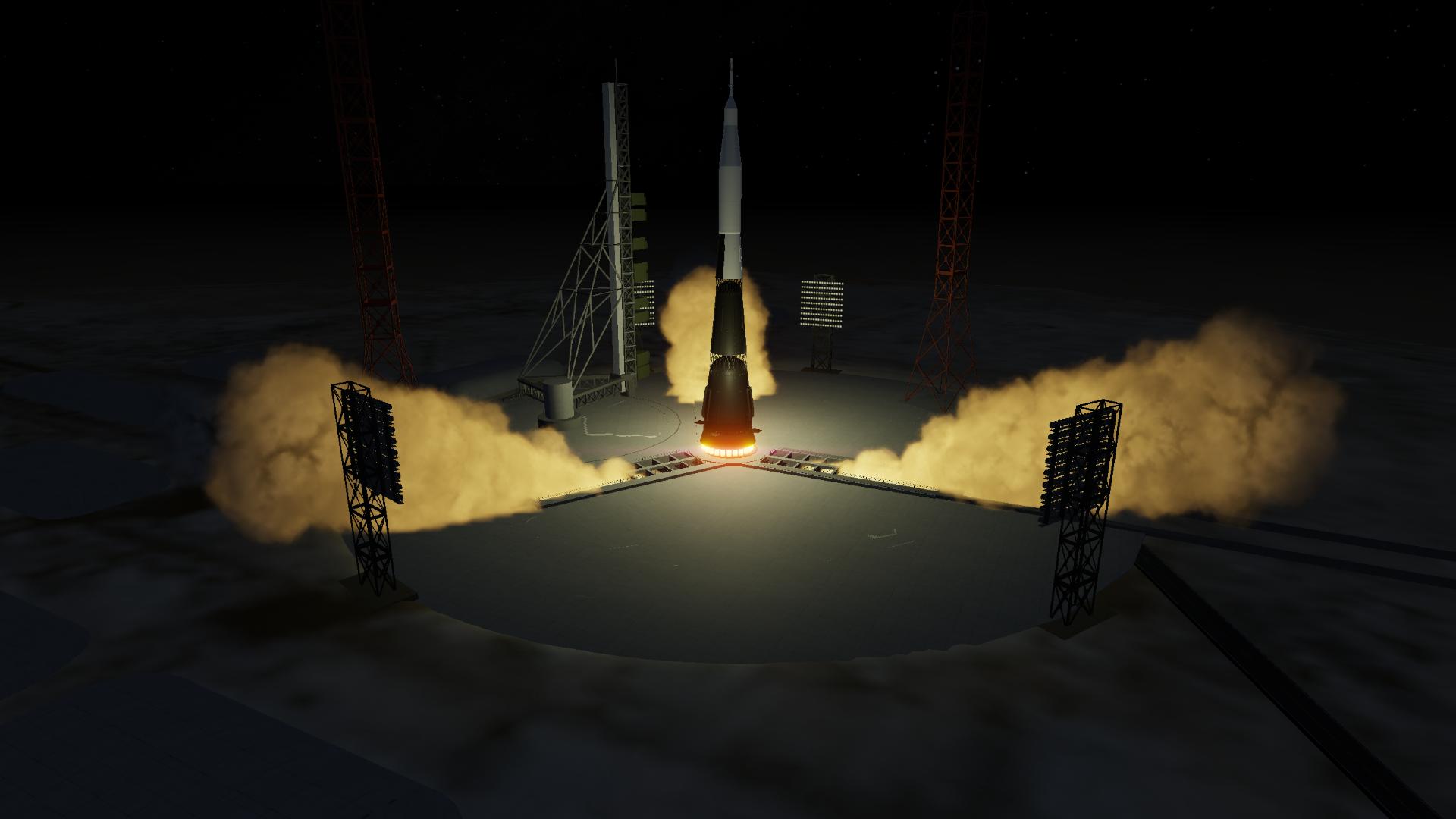
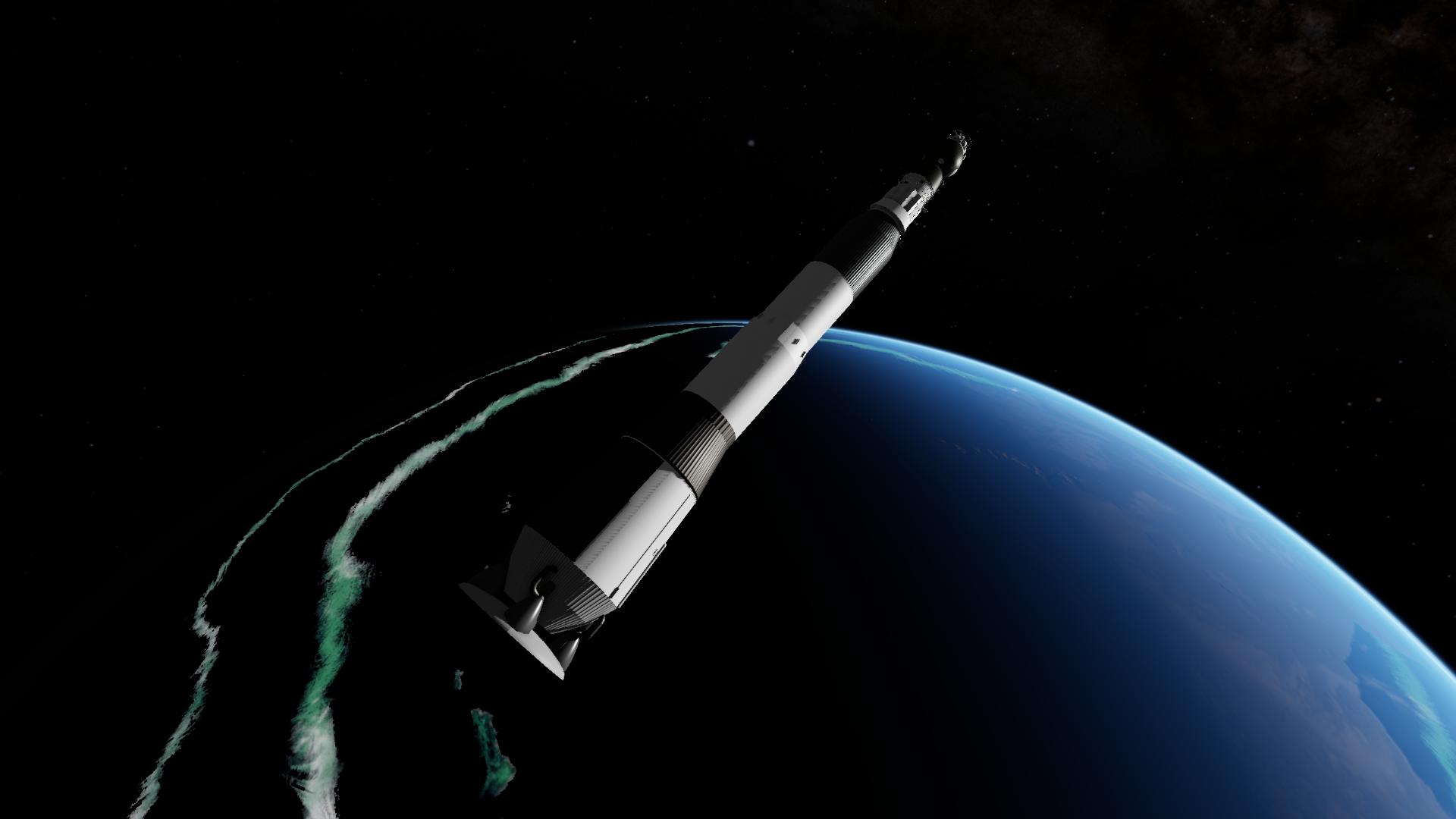
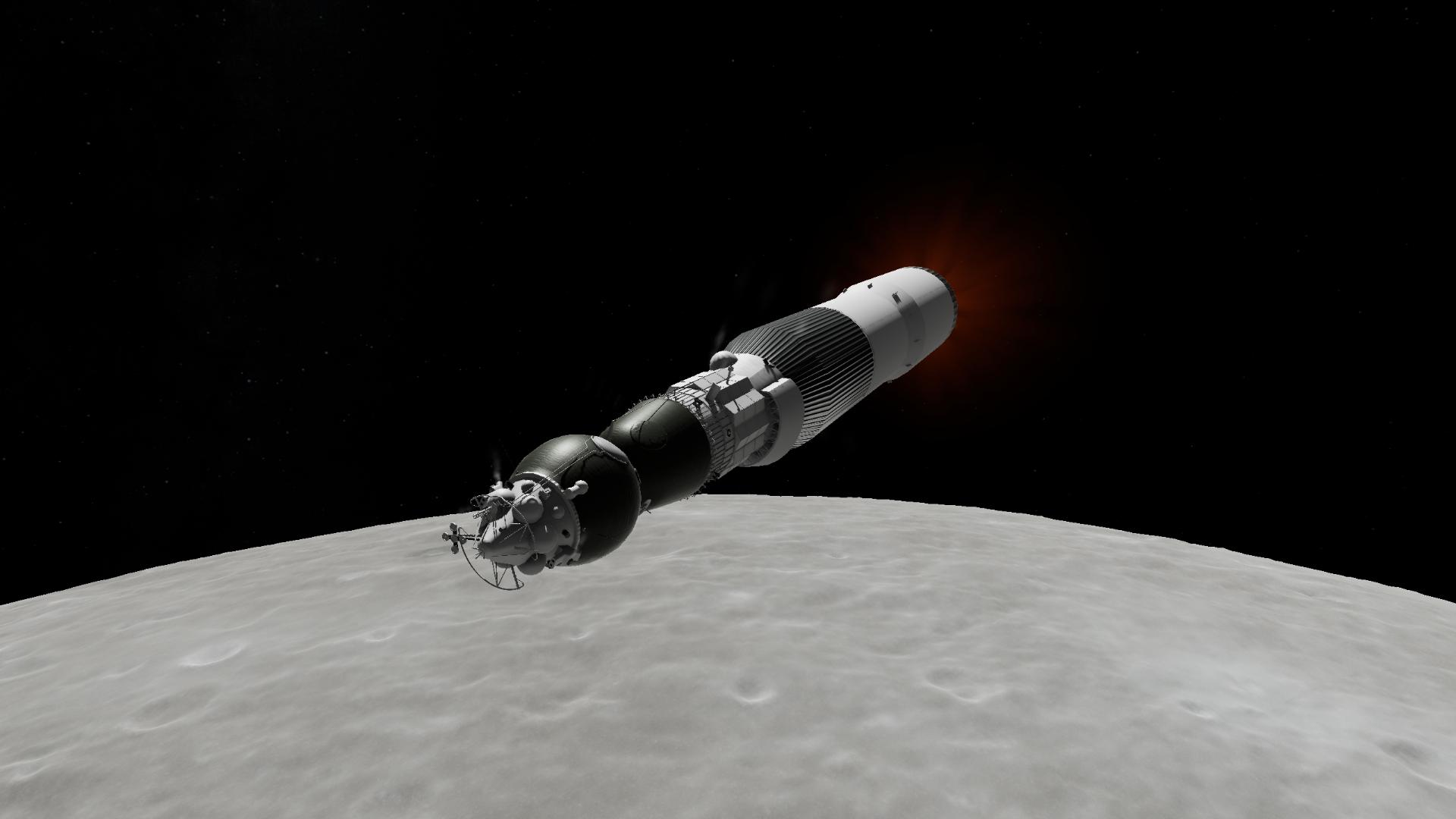

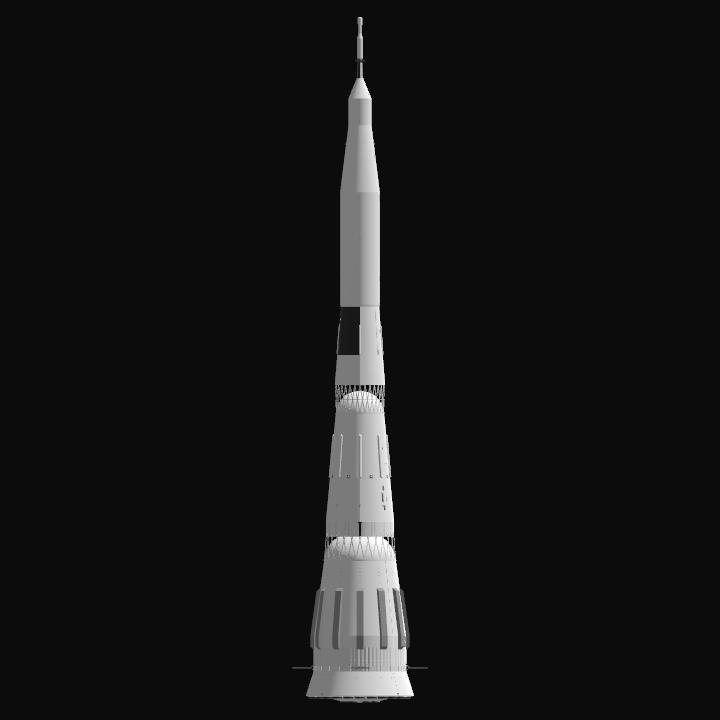
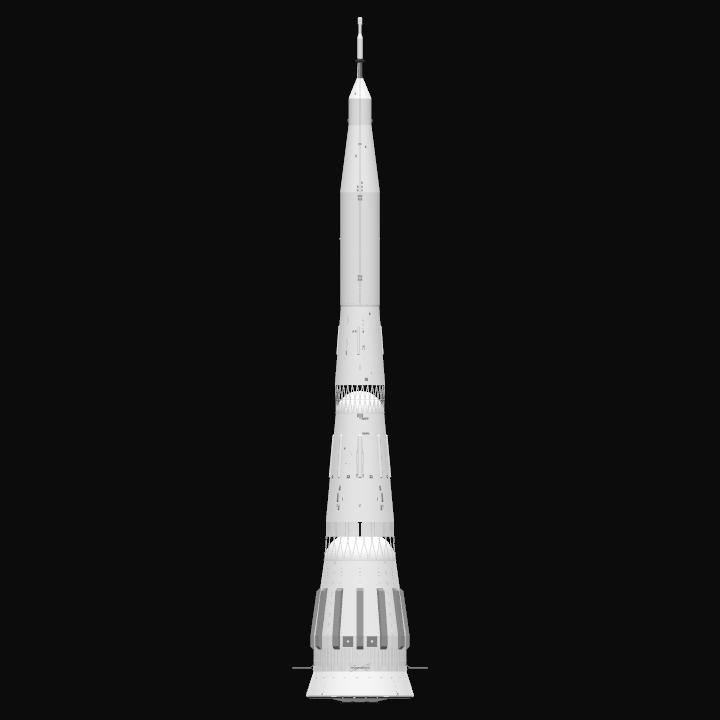
《移动友好的》